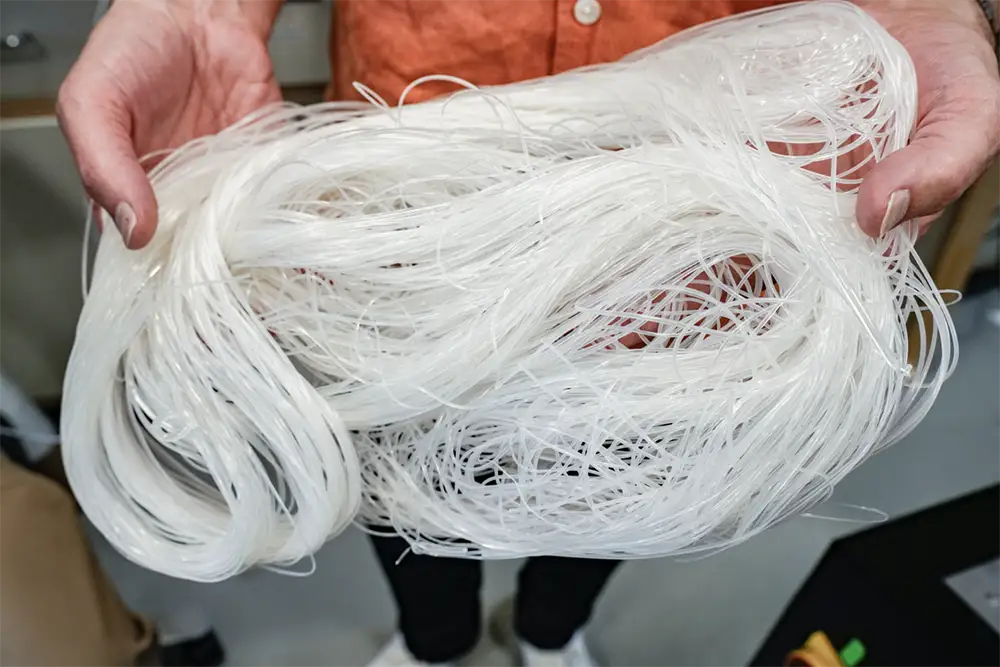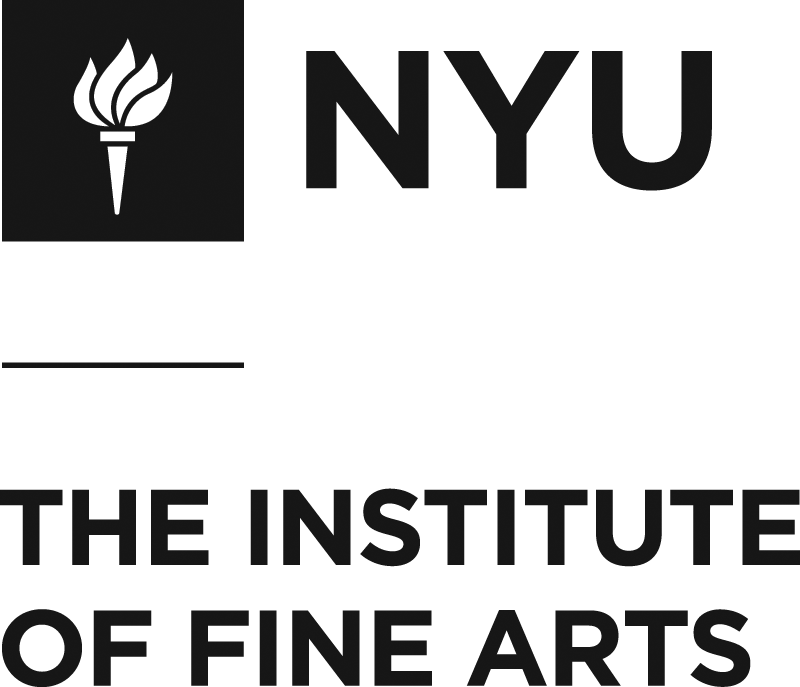Getty/BEVA 371 Project
Improved Lining Adhesives for the Structural Treatment of Paintings on Canvas
Please note that this web page is an early stage of a work in progress. As information is added, organizers will inform the community via updates to AIC listservs.
This project addresses the reformulation of an important class of adhesives used in the structural treatment of paintings on canvas. In the late 1960’s Gustav Berger, a paintings conservator grounded in engineering studies, embarked on the development of an improved adhesive system for the purpose of lining paintings on canvas. Such a process is carried out, for instance, when a canvas has deteriorated to such an extent that it can no longer support the painting while hung on a wall. (Biodeterioration of natural fibers aided by acidic compounds in the wood of the stretcher the canvas attached to account for the main cause.) Luckily, when his research began industry introduced a type of polymer ideally suited for his purpose which remains in use today. While this polymer remains an important industrial material used in a variety of applications, the additional ingredients Berger used to obtain mild activation conditions were discontinued around the time of his death in 2006.
The ‘mild’ activation conditions Berger achieved relate to the product’s temperature-dependent tack development. The product that he named BEVA 371 remained primarily solid by 65 C while having sufficient liquid-like character that it could adhere to textiles without penetrating into the fibers the way wax-resin lining adhesives (a commonly used treatment at the time) did. Adhesion scientists of this era referred to such conditions as ‘heat-set’. Fortunately, the base polymer of Beva 371, ethylene vinyl acetate (EVA), chemically combined two incompatible polymers; one with an affinity for waxes and also with compounds that are described from a polymer engineering perspective as having low surface energies. BEVA 371 not only adhered to degraded canvas fibers but also fibers that were already saturated with wax from prior treatments. During the oral history phase of the Getty project, carried out by Emma Kimmel (NYU-CC), it was noted that “it (BEVA 371) could stick to anything”.
In 2008 a key ingredient in the original BEVA 371 formulation was discontinued, and the substitute material diminished the activation properties of the resulting formulations. Conservators who had decades of experience with the original formulation found two aspects that prevented them from using the reformulated product the way they had the original. First and most apparent was that the adhesive needed to be heated to 70 C and second, the development of tack was more abrupt, meaning the material had properties closer to a viscous liquid than a sticky solid. The result was a material that acted more like a hot-melt only. With the original formulation Berger noted BEVA 371 could be activated at 65 C to be used as a heat-set or further heated to 70 C to act as a hot-melt if necessary. Thus, the hot-melt ability was retained in the 2008 version while the heat-set capability was lost.
The core objective of the grant from the Getty Foundation was to identify resins to make a lining adhesive with the original range of heat-set and hot-melt properties to enable the producer to supply the conservation community with a material that can perform the way the original did, either as a heat-set or a hot-melt. Learn how that was accomplished on the Modernizing and Reformulating BEVA 371 page. In addition to developing a new version that has nearly the same performance as the original, new solvent-free forms were produced in the form of pellets. These solvent-free versions are easier to ship and have longer shelf life. While this version is intended to be dissolved in solvents, the conservator can choose the quantity needed and dissolve the pellets in a solvent of their choice. Another version developed by this project is in the form of a non-woven. This material is a pure fiber-based adhesive that is a solvent-free process and allows better contact with uneven surfaces. Learn more about these newly developed BEVA 371 materials.
Learn more about the community education and outreach that have taken place during the grant period on the Workshops and Webinars page.
During the research period it was possible to direct a portion of funds to Virginia Tech, a program known for excellence in adhesion testing. Two parallel projects emerged: one a characterization of the characteristics that give EVAs their unique qualities including a study of the form of BEVA 371 being phased out and the new formulation. A second research team studied Digital Image Contrast (DIC) imaging in three dimensions to better understand the dimensional changes that occur when repairs are under tension. Find more information on these areas of study on the Adhesion Testing page.
In the News

Scientists and Conservators Reinvent Formula for Vital Art Conservation Material
June 4, 2025Getty, New York University (NYU) and The University of Akron (UA) announced today the development of a safer and more sustainable substitute for BEVA 371, an adhesive used by conservators worldwide in the structural treatment of paintings on canvas and related artistic media. This breakthrough is the result of a major conservation science research grant funded by Getty.
Read more
